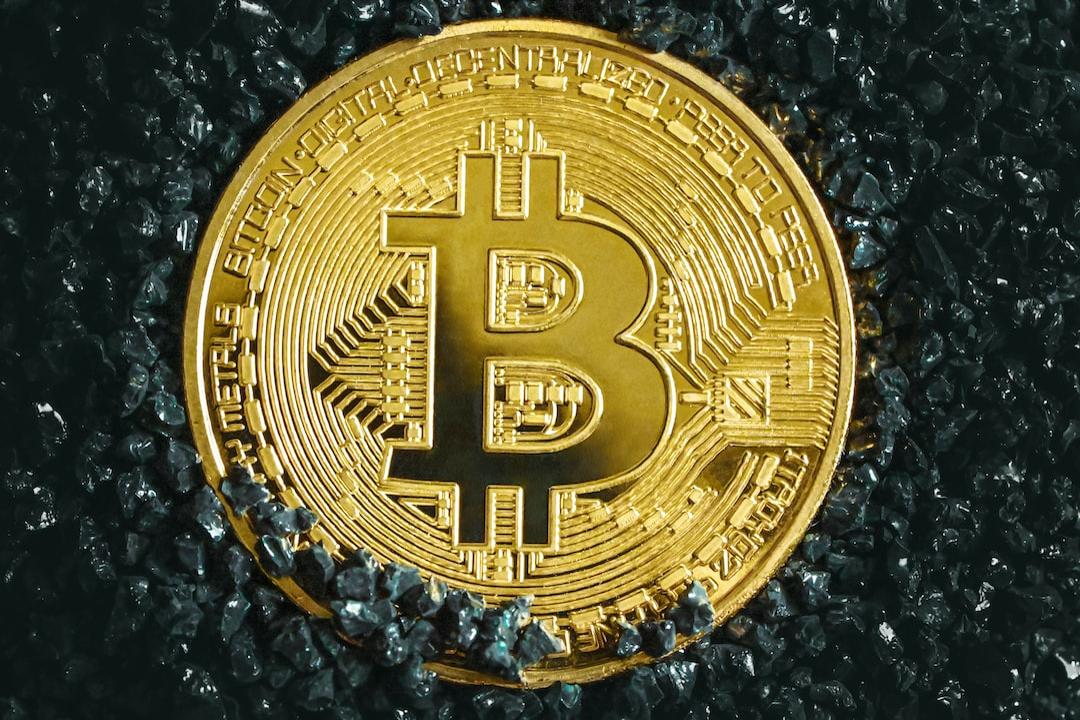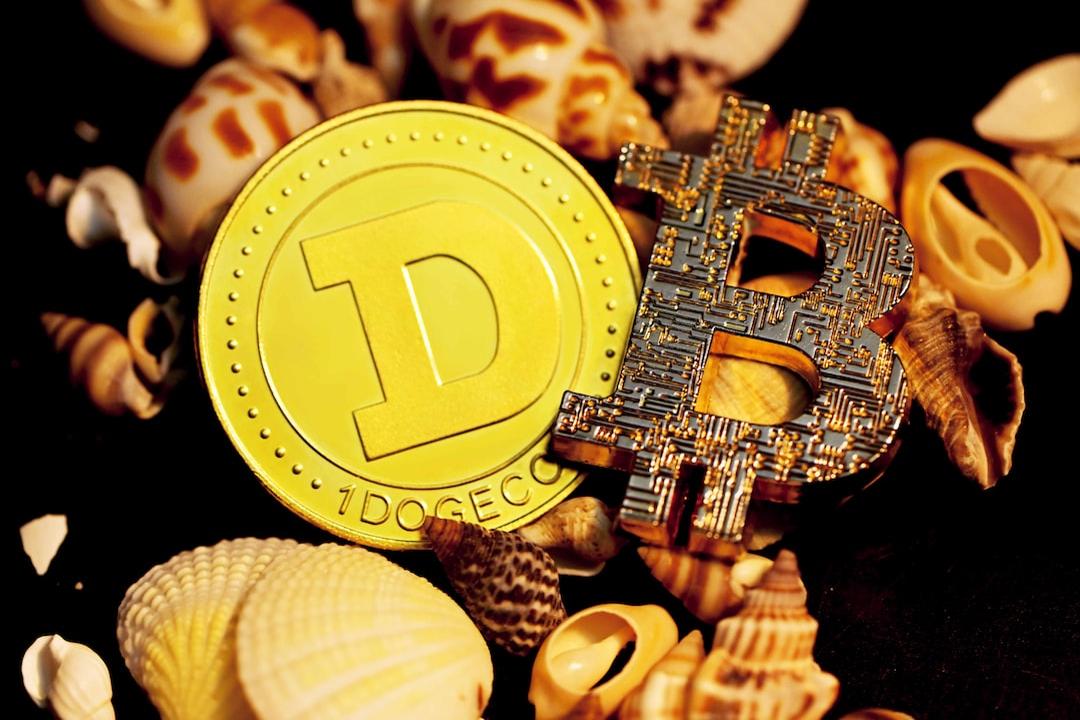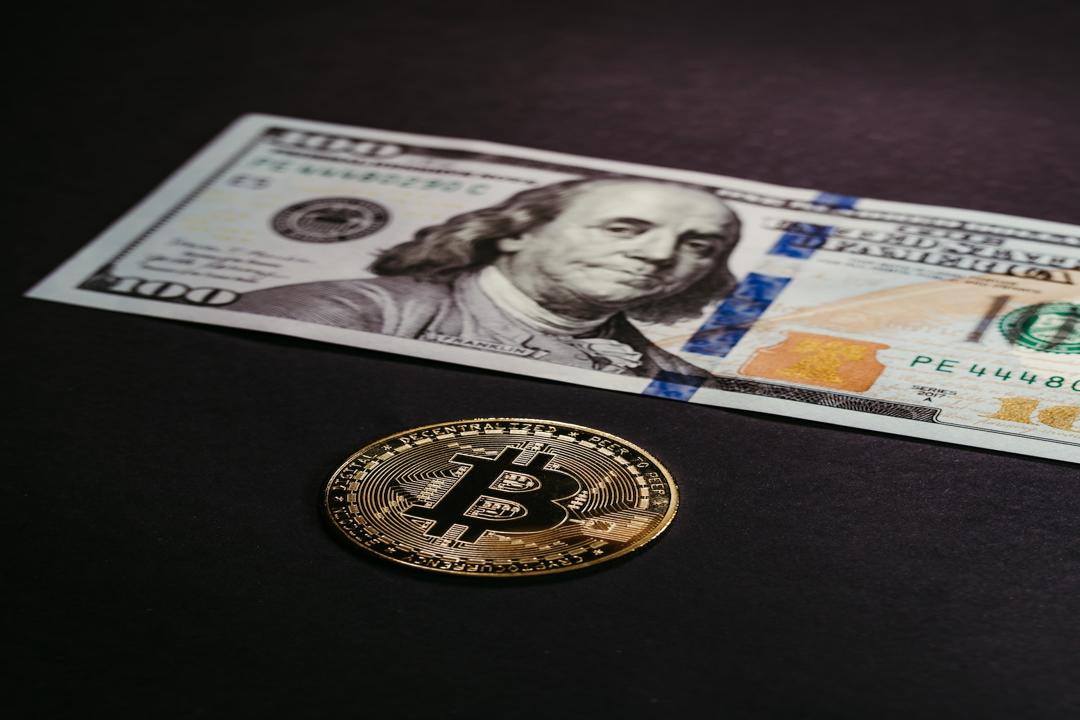On April 2, celebrated as “Liberation Day,” U.S. President Donald Trump is expected to announce new customs tariffs targeting Japan, China, Canada, and the European Union.
These tariffs emphasize the aggressive stance of the U.S. in its trade policies. However, contrary to expectations, Trump’s hardline strategy seems to be bringing countries closer together rather than isolating them. Following the tariffs, China, Japan, and South Korea held a meeting to strengthen their regional trade ties. This suggests that U.S. policies aimed at commercial isolation may instead consolidate alliances among other countries. As uncertainty grows in global markets, riskier assets like cryptocurrencies are anticipated to remain under pressure in the short term.
Fed Confronts Inflation and Recession Fears
The Federal Reserve is facing expectations of a 2.5 basis point rate cut this year but is currently displaying uncertainty. Consumer confidence in the American economy and weak economic indicators are strengthening the possibility of an economic recession for the second quarter, while new tariffs could exacerbate inflationary pressures. In this typical “stagflation” environment, the Fed may be more inclined to raise rates instead of cutting them. However, it is expected that the Fed will maintain a “wait and see” approach for now.
Cryptocurrency Market Struggles with Uncertainty
The macroeconomic landscape and uncertainty stemming from U.S. trade policies are adversely impacting the cryptocurrency market, which has high expectations. The leading cryptocurrency, Bitcoin (BTC) 
$84,876, has shown weak performance, while the altcoin leader Ethereum (ETH) 
$1,866 attempts to maintain the critical support level of $1,800.

Cryptocurrency Market – 90-Day Performance of Bitcoin and Altcoins
Many altcoins outside of Bitcoin and Ethereum have lost 90% of their value since the beginning of the year. Data shows that most altcoins have dropped by more than 30% in just the last week. Investors do not anticipate a significant recovery in cryptocurrency prices without a strong development that triggers an upward trend and before the global economic outlook improves. Market analysts warn that while short-term low percentage increases are possible, it is advisable to avoid risks in the absence of broader improvements.

